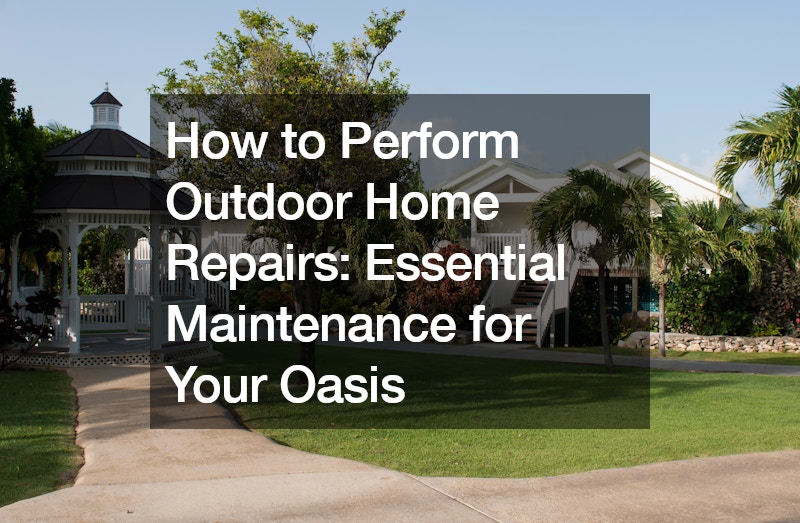Maintaining proper ventilation in your home is key to ensuring a comfortable, healthy living environment. Good ventilation helps manage indoor air quality, remove excess moisture, and prevent issues like mold growth. If you’re looking to enhance the airflow and overall air quality in your home, consider these practical strategies.
1. Open Doors and Windows Regularly
One of the simplest yet most effective ways to improve ventilation is to regularly open doors and windows. This practice helps exchange stale indoor air with fresh outdoor air, which can reduce indoor pollutants, allergens, and moisture.
Aim to open windows and doors a few times each day, especially in areas with high traffic or heavy activity, such as kitchens and bathrooms. This not only refreshes the air but also helps eliminate any lingering odors, ensuring that your home remains vibrant and inviting. If your home features glass Juliet balconies, they can be particularly beneficial for this purpose. These balconies allow for unobstructed airflow and can enhance ventilation when doors and windows are open.
2. Dry Laundry Outside
Drying laundry indoors can lead to increased humidity levels and potential moisture problems. When wet clothes are dried inside, they release moisture into the air, which can contribute to condensation and mold growth.
To prevent these issues, try to dry your clothes outside whenever possible. If outdoor drying isn’t an option due to weather conditions, make sure that your windows are open to help expel the excess moisture. Using a covered outdoor area, such as under a patio cover or canopy, can protect your clothes from rain while still allowing them to dry efficiently.
3. Ventilate Rooms Overnight
Allowing fresh air to circulate while you sleep can significantly improve indoor air quality. Leaving windows slightly ajar overnight can help reduce excess moisture and lower humidity levels, which is particularly beneficial in summer.
In winter, however, it’s essential to balance ventilation with heat retention. Consider using a vented or energy-efficient window system that allows for air exchange without significant heat loss. This approach can help maintain a comfortable temperature while still providing the necessary airflow.
4. Install Extractor Fans and Attic Vents
Extractor fans and attic vents play crucial roles in managing ventilation in specific areas of your home. Installing extractor fans in high-moisture areas such as kitchens, bathrooms, and laundry rooms helps remove humid air and prevent the buildup of excess moisture. These fans can effectively reduce steam and odors, improving overall air quality.
Attic vents, such as solar-powered options, help expel hot air and moisture that accumulate in your attic. By reducing the temperature and humidity in the attic, these vents support your home’s central ventilation system, contributing to a more consistent and efficient airflow throughout the house. Proper attic ventilation also helps prolong the lifespan of your roof and insulation.
5. Consider a Home Ventilation System
For a more controlled and consistent approach to ventilation, consider installing a home ventilation system. Systems like Energy Recovery Ventilators (ERVs) are designed to exchange stale indoor air with fresh outdoor air efficiently. ERVs transfer heat and moisture between incoming and outgoing air streams, which helps maintain a balanced indoor climate without significant energy loss.
A well-designed home ventilation system can significantly improve indoor air quality, making your home healthier and more comfortable. These systems are especially useful in homes with tightly sealed windows and doors, where natural airflow may be limited. Don’t hesitate to invest in a home ventilation system that can provide a steady supply of fresh air while helping you maintain an optimal indoor environment year-round.
Additional Tips for Effective Home Ventilation
- Use Air Purifiers: While not a replacement for good ventilation, air purifiers can help reduce indoor pollutants and allergens, enhancing overall air quality.
- Maintain HVAC Systems: Regularly clean and maintain your HVAC systems to ensure they are working efficiently and effectively managing indoor air quality.
- Check for Leaks: Inspect your home for any leaks or gaps in windows, doors, and ductwork. Sealing these can help prevent drafts and improve the efficiency of your ventilation systems.
- Incorporate Houseplants: Adding houseplants can improve indoor air quality by naturally filtering pollutants and increasing oxygen levels. They also help regulate humidity through transpiration.
- Install Adjustable Window Screens: Adjustable window screens allow you to control the amount of fresh air entering your home while keeping out insects and debris. They can improve airflow in rooms where traditional windows might be less effective.
Final Thoughts
By implementing these strategies, you can create a healthier, more comfortable living space. Good ventilation not only improves air quality but also helps protect your home from moisture-related issues, making it a vital aspect of home maintenance. Regularly applying these tips will help keep your home fresh, dry, and welcoming for you and your family.
.





